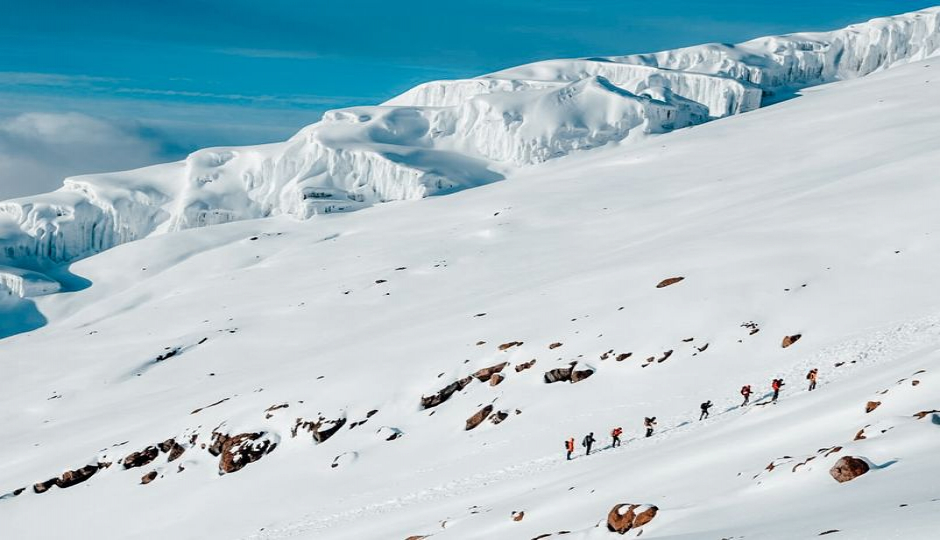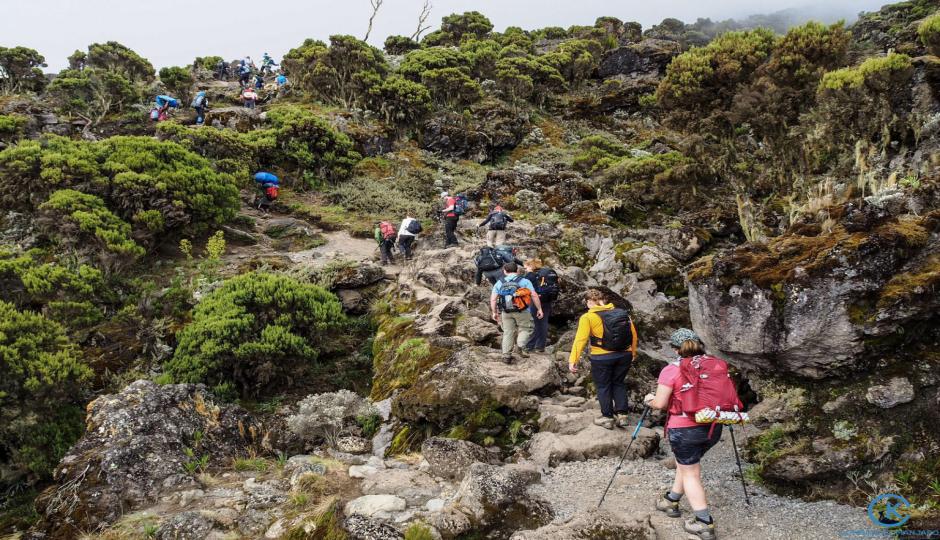







Mount Kilimanjaro, the highest freestanding mountain in the world, presents an extraordinary challenge to those who dare to summit its majestic peak. One of the critical factors to consider when planning a Kilimanjaro trek is the ever-changing weather conditions. As you ascend through various ecological zones, the weather can vary significantly, affecting your experience on the mountain. In this blog post, we provide a day-by-day weather guide, giving you insights into what to expect during your ascent to the Roof of Africa.
As you begin your journey, the weather at Machame Gate is often warm and humid due to its lower elevation. However, as you hike through the lush rainforest, you can expect occasional showers and cooler temperatures as you gain altitude. It's essential to wear lightweight, moisture-wicking clothing and have rain gear at hand to stay comfortable.
During the second day, you'll leave the rainforest and enter the moorland zone. The weather becomes drier, with the chances of rainfall decreasing. The temperature drops as you gain elevation, so layering up is crucial to stay warm during the colder nights.
On this day, you'll traverse the high desert plateau. The weather is characterized by bright sunny days and cooler nights. It's essential to protect yourself from the strong UV rays, so wear sunscreen, sunglasses, and a wide-brimmed hat.
As you continue your ascent, the weather remains relatively stable during this part of the climb. Days are pleasant with clear skies, while nights become colder. Being properly insulated at night is crucial to ensure a comfortable sleep.
As you approach the Barafu Camp, the weather becomes noticeably colder and windier. You may encounter mist and fog in the late afternoons. At this altitude, temperatures can drop significantly, so be prepared with warm layers and a good-quality sleeping bag.
Summit day! As you make your way to Uhuru Peak, the highest point on Kilimanjaro, expect extreme weather conditions. The early morning temperatures can be well below freezing, and strong winds are common. Dress in several insulating layers, including a down jacket, and protect your face and hands from the cold with appropriate gear.
As you descend through the rainforest on your final day, the weather becomes warmer and more humid. It's essential to stay hydrated and keep your rain gear handy in case of any afternoon showers.
Understanding Kilimanjaro's day-by-day weather conditions is crucial for a successful and enjoyable climb. Packing the right clothing and gear for varying temperatures and weather conditions is essential to ensure your safety and comfort throughout the expedition. Proper preparation will allow you to fully immerse yourself in the incredible landscapes and awe-inspiring views as you conquer the summit of Africa's tallest peak, Mount Kilimanjaro. Happy trekking!






What is a Reasonable Tanzania Safari Itinerary?
How Do I Plan a Kilimanjaro Climb?
To book your adventure, simply send us an email detailing your desired experience—whether it's climbing Mount Kilimanjaro, going on a Tanzania safari, or enjoying the Zanzibar beach.
We'll promptly respond with all the information you need to finalize your plans. Plus, we offer the convenience of online payment to make the process even smoother.
View Packages